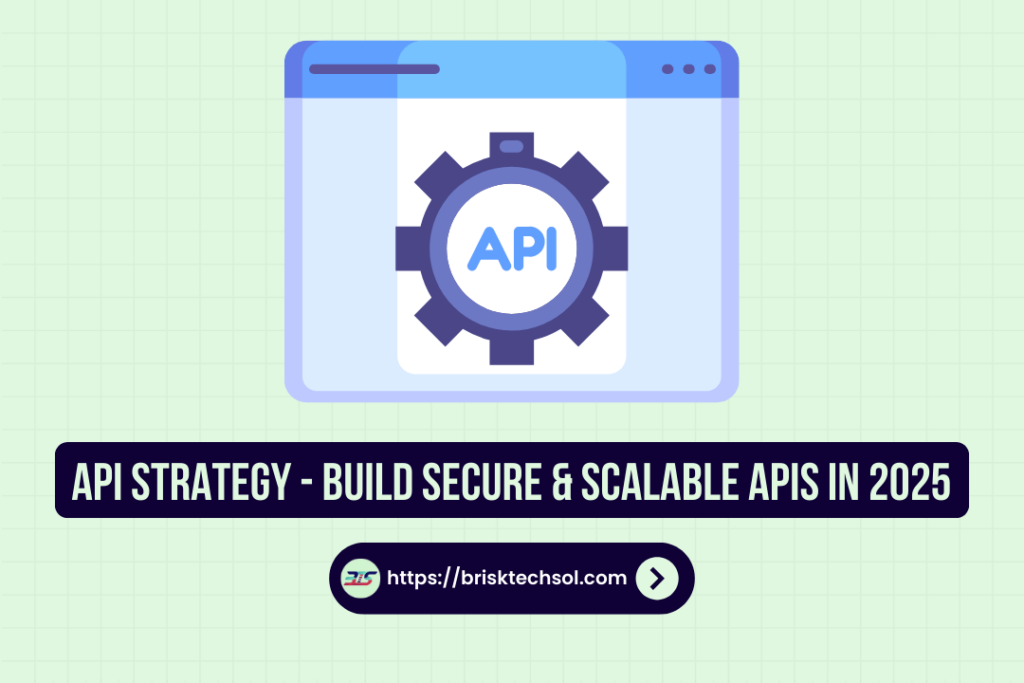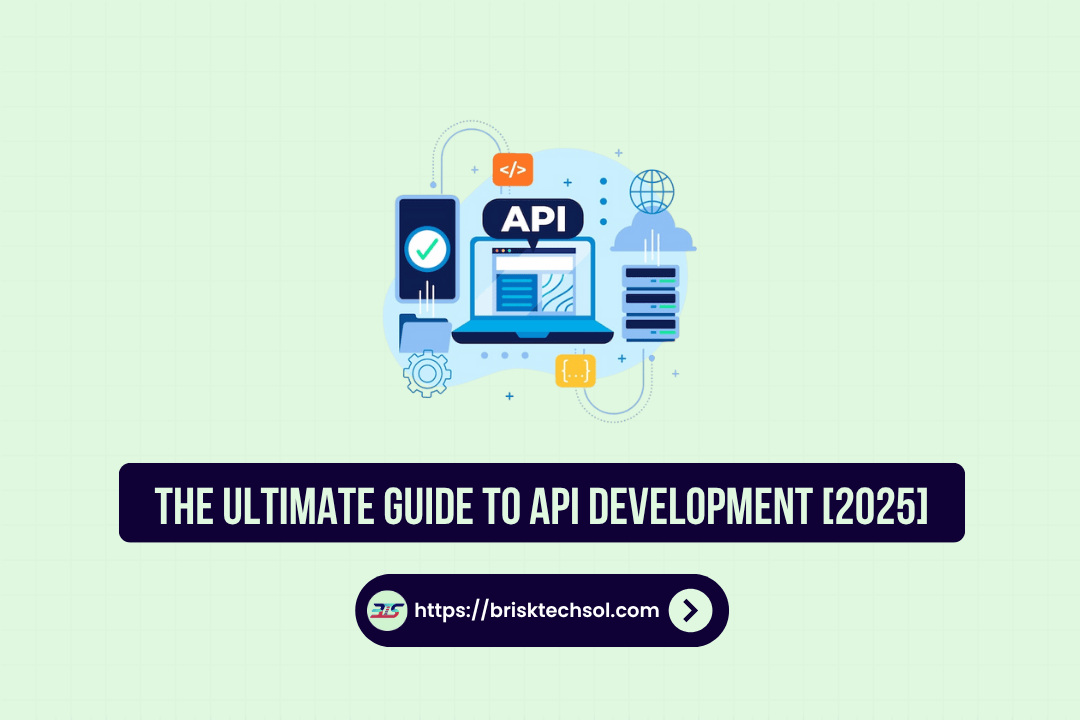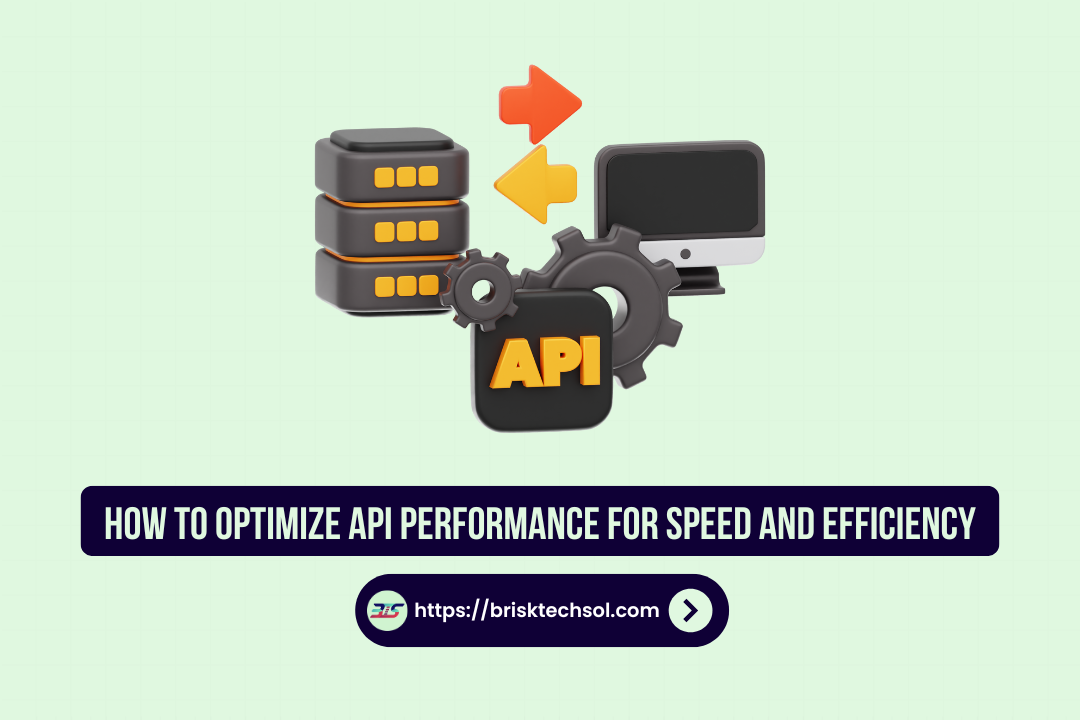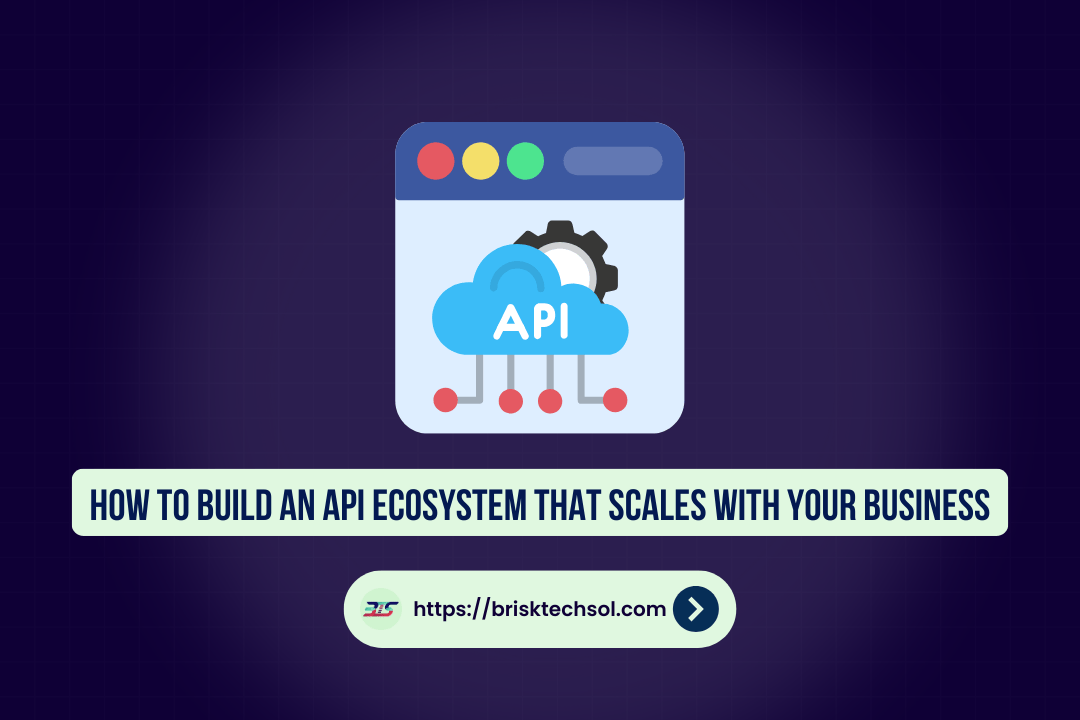APIs power the modern digital world, enabling applications to communicate efficiently. However, without a structured API strategy, businesses may face integration challenges, security risks, and scalability issues. In this guide, we’ll break down how to develop a future-proof API strategy, ensuring seamless connectivity, high performance, and strong security.
Introduction to API Strategy
An API strategy is a well-defined plan that outlines how an organization will design, develop, manage, and secure its Application Programming Interfaces (APIs). These APIs are essential tools that enable different software systems to communicate, share data, and collaborate seamlessly. Whether you are integrating internal systems or partnering with third parties, your API strategy lays the groundwork for scalability, efficiency, and innovation.
What Does an API Strategy Include?
- Design & Architecture: Deciding between REST, GraphQL, SOAP, or event-driven models.
- Security Standards: Establishing authentication protocols (OAuth, API keys), encryption methods, and gateway controls.
- Governance & Policies: Setting usage limits, versioning rules, and compliance standards.
- Developer Experience: Creating comprehensive documentation, SDKs, and developer portals.
- Lifecycle Management: Planning for continuous updates, maintenance, and deprecation procedures.
By thoughtfully addressing these components, your API strategy ensures that your digital ecosystem operates reliably and securely.
Why an API Strategy Matters for Business Success
APIs have evolved from simple connectors into critical assets that drive digital transformation. Companies such as Google, Amazon, and Stripe have harnessed the power of APIs to scale operations, innovate quickly, and deliver seamless user experiences.
Key Benefits of a Well-Planned API Strategy
- Seamless Integration: APIs connect disparate systems and services, making it easier to integrate internal processes and third‑party applications.
- Enhanced Agility: A clear API strategy allows your business to adapt quickly to changing market demands and technological advances.
- Improved Security: Well‑managed APIs reduce the risk of data breaches by enforcing robust security protocols.
- Increased Efficiency: Automating processes through APIs minimizes manual intervention, cutting costs and reducing errors.
- New Revenue Opportunities: APIs can be monetized, opening new streams of revenue through subscription models or pay‑per‑use frameworks.
Key Components of a Strong API Strategy
A robust API strategy is built on several foundational components. Here, we dive deeper into the essential elements that form the backbone of your API plan.
API Governance & Policies
Effective governance ensures that APIs are developed, deployed, and maintained in a consistent, secure, and scalable manner.
Key Aspects:
- Access Controls: Define who can use your APIs and what data they can access.
- Rate Limiting & Quotas: Prevent abuse by setting limits on API requests.
- Versioning: Maintain backward compatibility by clearly defining version updates.
- Compliance: Ensure APIs meet regulatory standards (GDPR, HIPAA, etc.).
Developer Experience (DX)
A positive developer experience (DX) is crucial to encourage API adoption. By making your APIs easy to understand and integrate, you empower developers to innovate faster.
Best Practices:
- Comprehensive Documentation: Detailed guides, tutorials, and example code.
- Developer Portals: Centralized hubs where developers can access resources.
- Sandbox Environments: Allow developers to test APIs without impacting production systems.
- Community Support: Foster a community through forums and Q&A sessions.
API Lifecycle Management
Managing the entire lifecycle of an API—from creation to retirement—is vital for long-term success.
Lifecycle Phases:
- Planning & Design: Define objectives, select architectures, and establish governance.
- Development & Testing: Implement, test, and refine your APIs.
- Deployment: Roll out APIs into production with minimal disruption.
- Monitoring & Analytics: Continuously track performance, usage, and error rates.
- Maintenance & Updates: Regularly update APIs to meet evolving needs.
- Deprecation: Phase out outdated APIs gracefully with clear communication.
Table: API Lifecycle Management Overview
| Lifecycle Phase | Key Actions |
|---|---|
| Planning & Design | Define requirements, choose architecture, set policies |
| Development | Code APIs, perform unit and integration testing |
| Deployment | Roll out to production, implement version control |
| Monitoring | Track usage, performance, and error rates |
| Maintenance | Update features, fix bugs, ensure security |
| Deprecation | Announce end-of-life, transition users to new versions |
API Security Best Practices
Security is non‑negotiable in today’s digital landscape. Protecting your APIs from unauthorized access and cyber threats is critical to maintain trust and compliance.
Authentication and Authorization
Implement robust methods to ensure that only authorized users access your APIs.
- OAuth 2.0: A standard protocol for secure authorization.
- API Keys: Unique tokens that authenticate requests.
- JWT (JSON Web Tokens): For stateless, secure data exchange.
Data Encryption
Ensure data is protected both in transit and at rest.
- TLS/SSL: Encrypt data transmitted between clients and servers.
- Encryption Standards: Use strong encryption algorithms to secure stored data.
API Gateways and Firewalls
Use dedicated tools to manage and secure API traffic.
- API Gateways: Centralize authentication, logging, and rate limiting.
- Firewalls: Protect your APIs from malicious traffic and DDoS attacks.
Logging and Monitoring
Regularly monitor API traffic to detect and mitigate potential threats.
- Anomaly Detection: Use automated tools to spot unusual activity.
- Audit Trails: Maintain logs for all API requests for compliance and debugging.
Best Practices for API Design & Development
A well‑designed API not only attracts developers but also ensures reliability, efficiency, and ease of use.
Design Principles
Adopt design principles that ensure consistency and simplicity.
- RESTful Design: Use standard HTTP methods and status codes.
- GraphQL: Offer flexible query options for clients.
- Consistent Naming Conventions: Use clear, descriptive names for endpoints and parameters.
Documentation and Usability
Good documentation is the key to widespread API adoption.
- Interactive Docs: Use tools like Swagger or Postman to create interactive API documentation.
- Sample Code: Provide SDKs and code samples in multiple languages.
- Error Handling: Clearly document potential errors and how to resolve them.
Performance and Scalability
Ensure your API can handle increased loads and deliver fast responses.
- Caching: Implement caching strategies to reduce server load.
- Load Balancing: Distribute traffic across multiple servers.
- Asynchronous Processing: Use asynchronous calls where appropriate to improve responsiveness.
- Monitoring Tools: Integrate with performance monitoring tools to detect bottlenecks.
How to Measure API Success
Monitoring and measuring your API’s performance is essential for continuous improvement and long-term success.
Key Performance Metrics
- Uptime: Aim for 99.9% or higher to ensure reliability.
- Response Time: Monitor average response times to keep them below 200ms where possible.
- Error Rates: Track the percentage of failed API calls to quickly identify issues.
- Adoption Rates: Analyze the number of active users and the volume of API calls.
- Return on Investment (ROI): Evaluate revenue generated from monetized APIs against costs.
Tools for Monitoring
- Google Analytics for APIs: Use custom dashboards to monitor API usage.
- APM Tools: Application Performance Management (APM) tools like New Relic or Datadog help track performance metrics.
- Custom Logging: Set up logging systems to capture detailed data for analysis.
Conclusion
A good API strategy is key to success. It helps you connect systems easily, ensures security, and paves the way for growth. By following best practices, staying updated with trends, and always refining your approach, you can build APIs that not only meet today’s needs but also shape your future success in the digital world.
FAQs
1. What is an API strategy and why is it important?
An API strategy is a comprehensive plan for designing, implementing, managing, and securing APIs. It is crucial for ensuring seamless integrations, protecting data, and enabling scalable digital solutions.
2. How can I monetize my APIs?
APIs can be monetized through subscription-based models, pay‑per‑use pricing, freemium approaches, or partnerships with other businesses.
3. What security measures should be implemented for APIs?
Effective API security includes using OAuth, API keys, encryption (TLS/SSL), rate limiting, and continuous monitoring and logging of API activities.
4. How do I measure the success of my API strategy?
Key performance metrics include uptime, response time, error rates, adoption rates, and ROI. Use monitoring tools and analytics dashboards to track these metrics.
5. What are some future trends in API strategy?
Emerging trends include AI-powered APIs, low-code/no-code integration, edge computing, and the API-first development approach.









